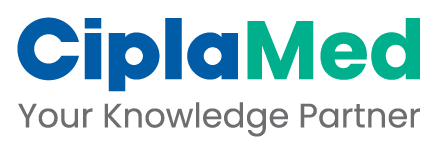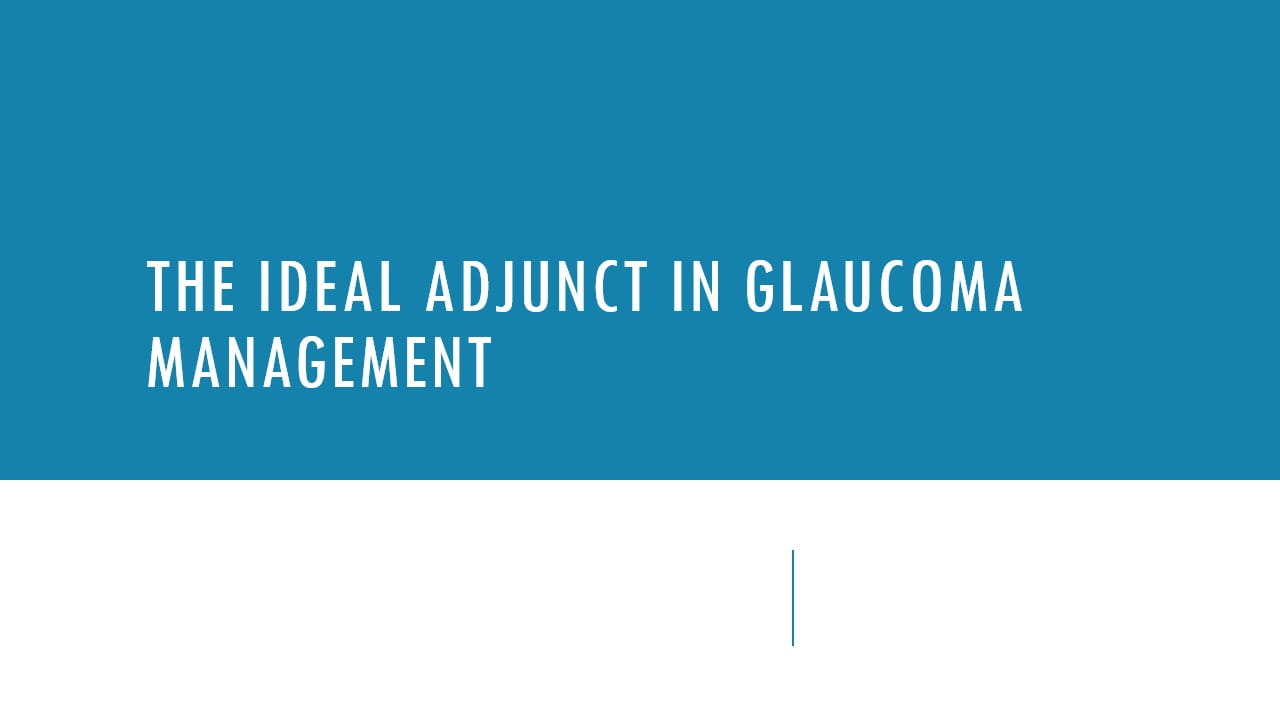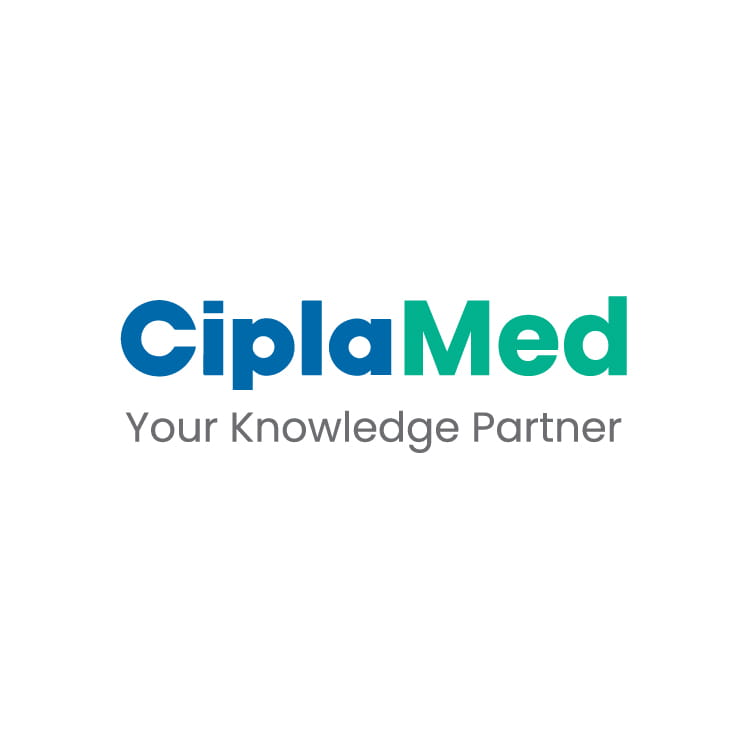Speaker: Fotis Topouzis
The determination of "true" intraocular pressure (IOP) remains a significant challenge, particularly due to variations in corneal properties affecting measurements. Goldman applanation tonometry (GAT), widely used for IOP measurement, can yield inaccurate values due to corneal thickness and other anterior segment variations. This has led to the development of correction formulas based on central corneal thickness (CCT), raising questions about their utility in clinical practice.
While several researchers have proposed IOP adjustment formulas for CCT, their routine application remains controversial. For example, a 50-year-old patient with long-standing elevated IOP (22–23 mmHg) and a thick CCT (600/601) but no observable glaucoma damage might prompt the use of a correction formula, suggesting that the "true" IOP falls within a normal range. However, the Ocular Hypertension Treatment Study (OHTS) and the European Glaucoma Prevention Study (EGPS) do not include CCT-adjusted IOP in their definitions of ocular hypertension, emphasizing measured IOP alone.
In a follow-up case, the same patient, initially deemed low-risk, later presented with decreased vision and a paracentral scotoma despite consistent IOP values. This highlights the importance of comprehensive risk assessments considering more than just CCT-adjusted IOP. Notably, in the OHTS, family history, although intuitively important, was not associated with an increased risk of glaucoma progression due to its self-reported nature. Risk calculation for developing primary open-angle glaucoma (POAG) in ocular hypertensive individuals is equally accurate using IOP and CCT as measured, without applying adjustment formulas to correct IOP for CCT. Tonometry is influenced by various corneal properties, with CCT being only one factor. C-statistics for prediction models adjusting IOP for CCT ranged from 0.75 to 0.77, comparable to the original prediction model (0.77), which did not change for CCT. Findings suggest adjusting for CCT's impact on IOP using correction algorithms is unnecessary in population analyses of glaucoma prevalence. These algorithms have not been independently validated and likely oversimplify the complex relationship between corneal properties and application tonometry. Large population studies, such as the Los Angeles Latino Eye Study, affirm that CCT-based correction algorithms are not required for IOP assessment. As such, the European Glaucoma Society Guidelines advise against using CCT correction algorithms in clinical IOP evaluation.
The ideal method for measuring IOP, remains challenging. A 25-year-old female with Marfan syndrome and advanced glaucoma in the right eye underwent IOP measurements using GAT, showing 14 mmHg (right) and 17 mmHg (left). However, alternative tonometers abroad reported higher IOP values. Follow-up at another clinic revealed a reduction from 23 mmHg to 14 mmHg in the left eye using air puff tonometry, raising questions about whether the reduction resulted from treatment, IOP fluctuation, or differing tonometers. The European Glaucoma Society guidelines emphasize the need for consistent use of the same tonometer during follow-up, as risk assessment is based on GAT. The American Academy of Ophthalmology's Preferred Practice Pattern advises that therapeutic decisions should consider multiple IOP measurements due to intra-day fluctuations. A 65-year-old male with advanced pigmentary dispersion glaucoma and IOP of 13 mmHg and 14 mmHg on triple therapy showed visual field progression. A 24-hour IOP monitoring revealed a peak of 19 mmHg, underscoring the importance of setting target IOP based on comprehensive measurements rather than a single reading.
In conclusion, CCT-based IOP correction algorithms are invalidated and should be avoided. Tonometer should not be used interchangeably, and multiple IOP measurements are essential for accurate clinical decision-making.
42nd Congress of the European Society of Cataract and Refractive Surgeons, 6 – 10 September 2024, Fira de Barcelona, Spain.Top of Form




